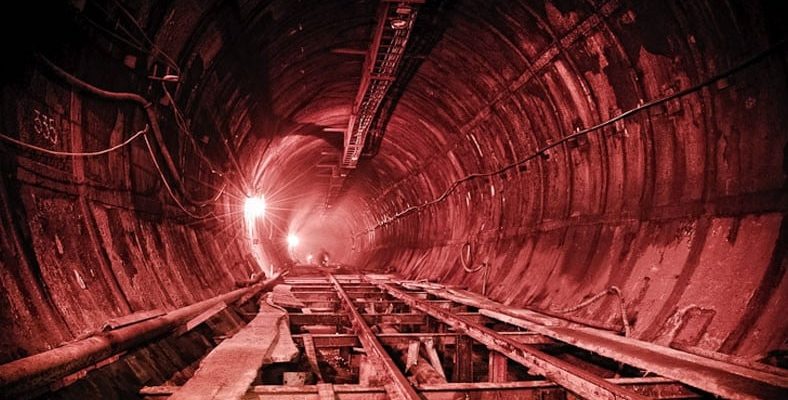A Soviet project, begun in 1983, would allow the Soviets to have the most powerful particle accelerator of their time. However, why did this project not become a reality?
Soviet, European, and American scientists in the past much more powerful particle accelerators They were competing with each other to build. These accelerators built would enable important work in nuclear and particle physics. Accelerators accelerate particles to very high speeds and energies, allowing them to collide with each other; provided knowledge in many fields of science.
The construction of these machines, also known as colliders, began in the 1950s in Italy, California and Novosibirsk at about the same time. Between the 1960s and 1980s, it was found in France, Italy, Siberia, California, Massachusetts, Germany, and Japan. powerful colliders had been built.
The Soviets begin to produce the most powerful accelerator:
Between 1963 and 1974, Soviet physicists named VEP-1, VEPP-2, and VEPP-2M. three different colliders they built. However, by the 1980s, Soviet work on the collider began to slow down. Soviet scientists as other tech-savvy countries build next-generation colliders In 1970’s technology they were stuck.
In 1983, the Soviet governmentAccelerator-Storage Facility (UNK)’ The project was approved and started. Within this project 21 kilometers long A huge scientific facility was to be built, housing a main tunnel with Dozens of support buildings and researchers at the facility 3,000 giga-electron-volts (GeV) of powerto the Soviets at the time world’s most powerful particle accelerator would present.
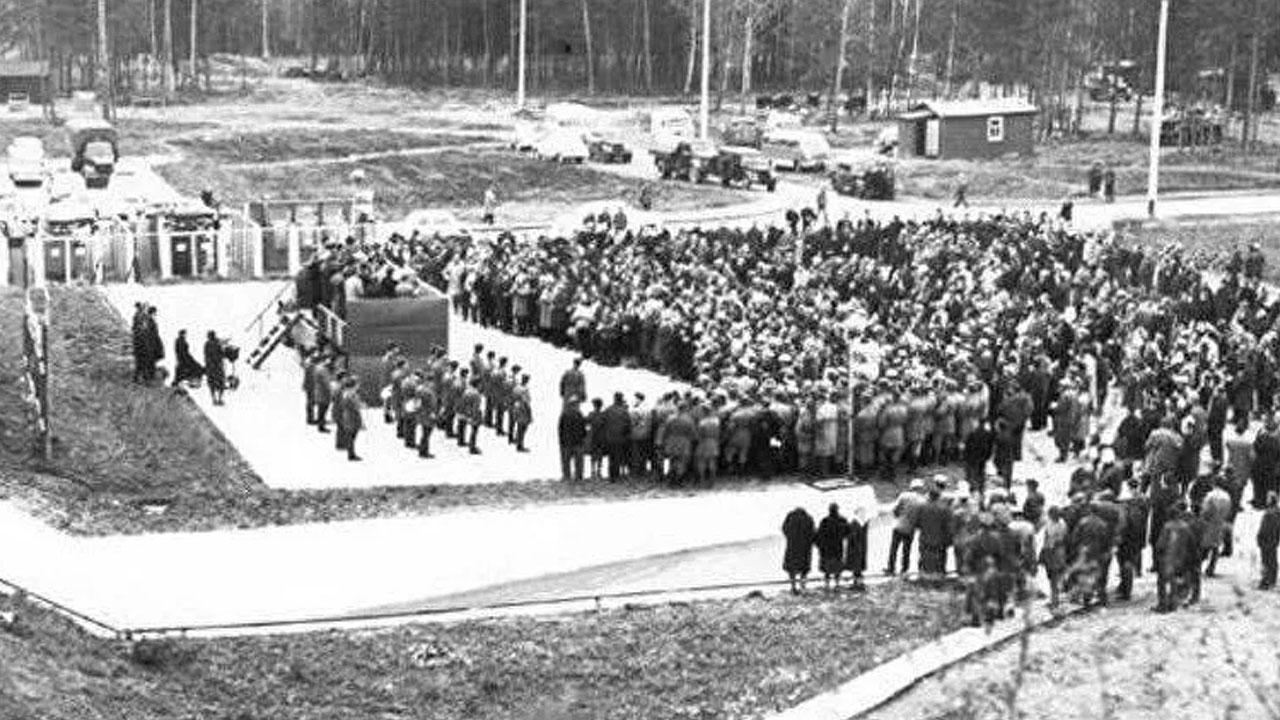
About 1 billion Soviet rubles were invested in this project. Construction of the project began at the Institute of High Energy Physics, about 100 kilometers southwest of Moscow. This institute was founded in the late 1960s. With the U-70 proton synchrotron producing 76 GeV energy became famous around the world.
According to the Soviet plan, the U70 is the new accelerator. in the initial acceleration phase would be used. The work of the Soviets in 1983 and 1986 was extremely slow, and during this time the tunnel only 1.5 kilometers could be completed. In 1987, however, the work increased significantly. Unpredictably at the time, the Soviets had purchased two modern tunnel boring machines from the Canadian company Lovat.
Construction of the project accelerated, but the economy also deteriorated:
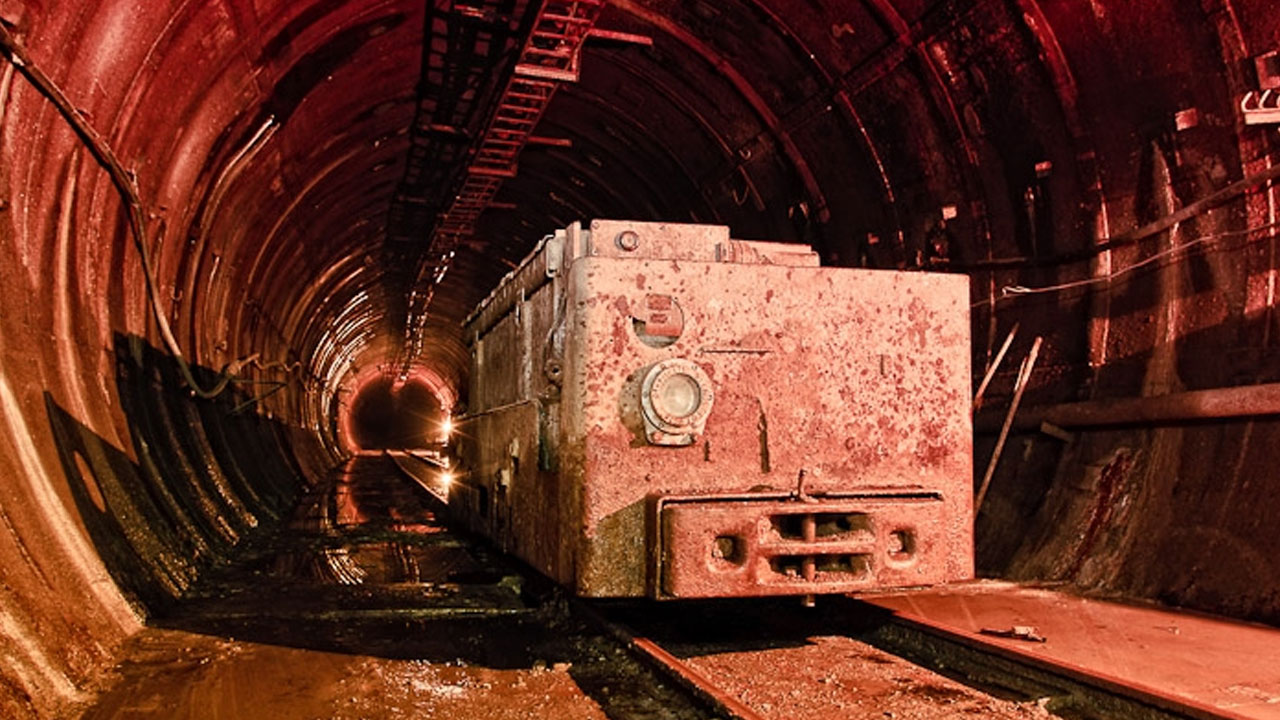
in 1989 70% of the tunnela 2.5-kilometer-long project that will enable the particles to be transferred from the U-70 to the UNK. The ‘injection tunnel’ is 95% was completed. Excited as a result of all this acceleration, scientists performed their first experiments. mid 1990’s they expected to do.
But just then, the Soviet megaproject financial difficulties began to live. Financial support for the project was slowly freezing as economic and political reforms and the USSR lost most of its allies in the Council for Mutual Economic Assistance.
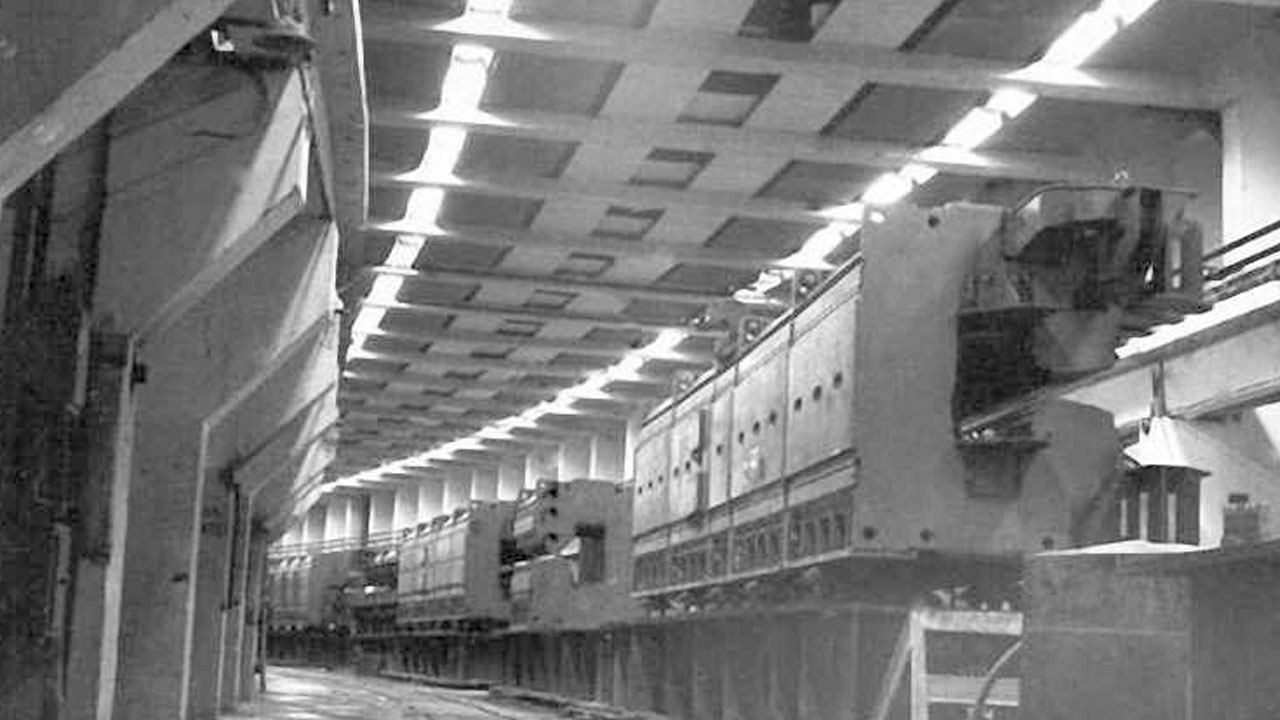
With the collapse of the Soviet Union in December 1991, the UNK project was drawing to a close. The new government should leave the project alone. it will cost dearlythat burying the project with water is would threaten the ecological balance. they had thought. Therefore, the construction of the project for 4 years continued and the main tunnel of the project was completed in 1994.
However, even if the tunnel was completed, the equipment to be placed inside could seriously shake the economy. such that 2,500 planned to be placed superconducting magnets only a few dozen was delivered for installation. After that, the end of the project began to appear slowly.
The project was completely canceled:
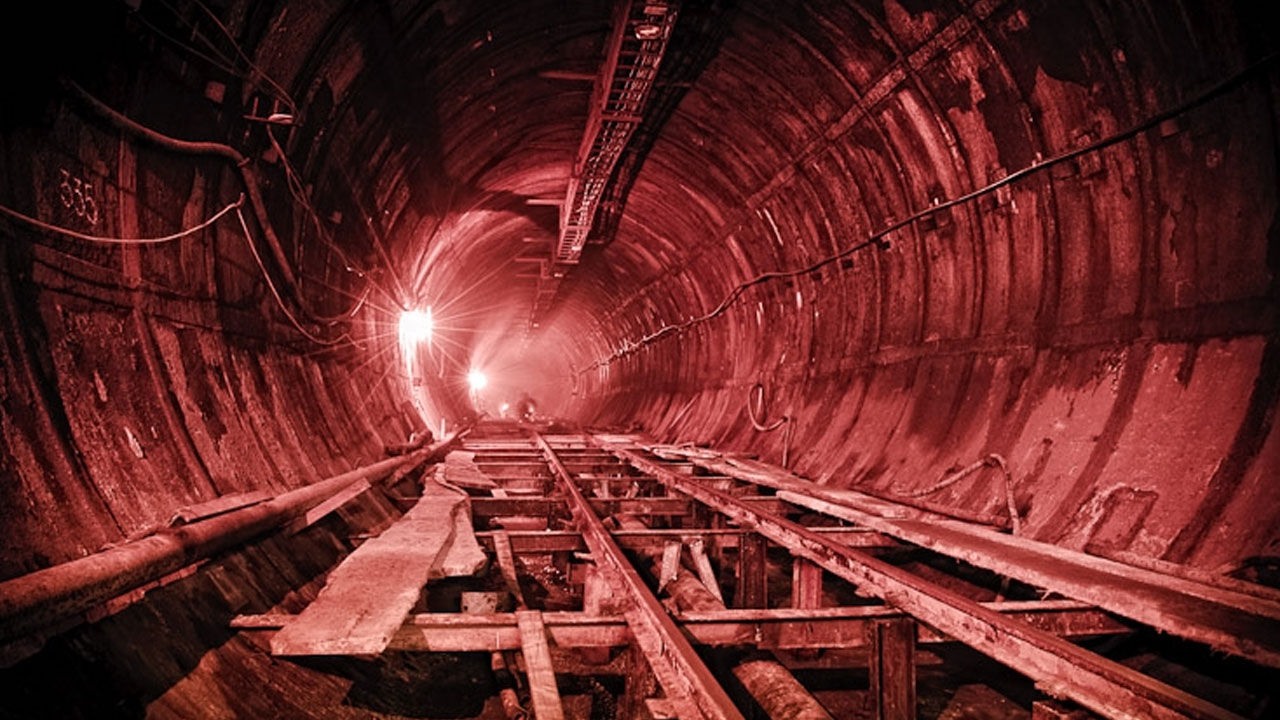
RELATED NEWS
Images of the First Lightning Photographed in the World
CERN in 1998 Large Hadron Collider started construction. However, this year was also the time when Russia had difficulties in paying its foreign debts. Therefore, the UNK project completely canceled it happened. The 21-kilometer-long tunnel built within the scope of the project still stands in the area of the project and has emergency lighting, ventilation and a system that prevents the tunnel from collapsing. keeps running.
This did not mean that Russia had come to an end in producing a particle accelerator. CERN signed an agreement with the Institute of High Energy Physics in 1993 and under this agreement About 700 Russian scientists Began to take part in the $4.75 billion Large Hadron Collider project.
Source :
https://sputniknews.com/russia/202008091080113676-how-the-soviets-nearly-built-their-own-massive-particle-accelerator-15-years-before-cern/
